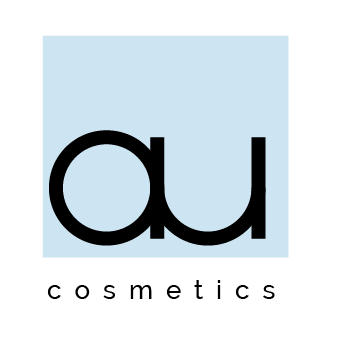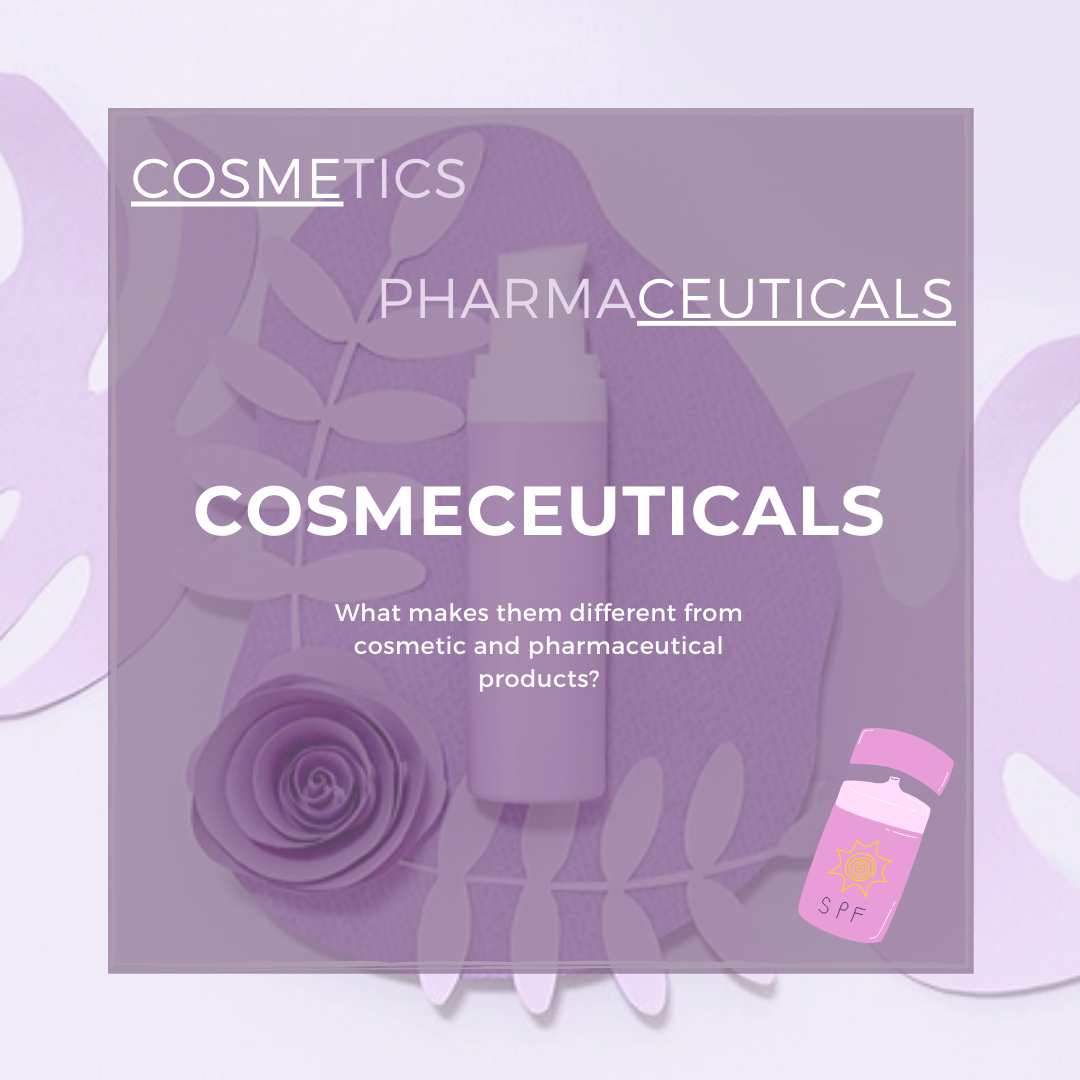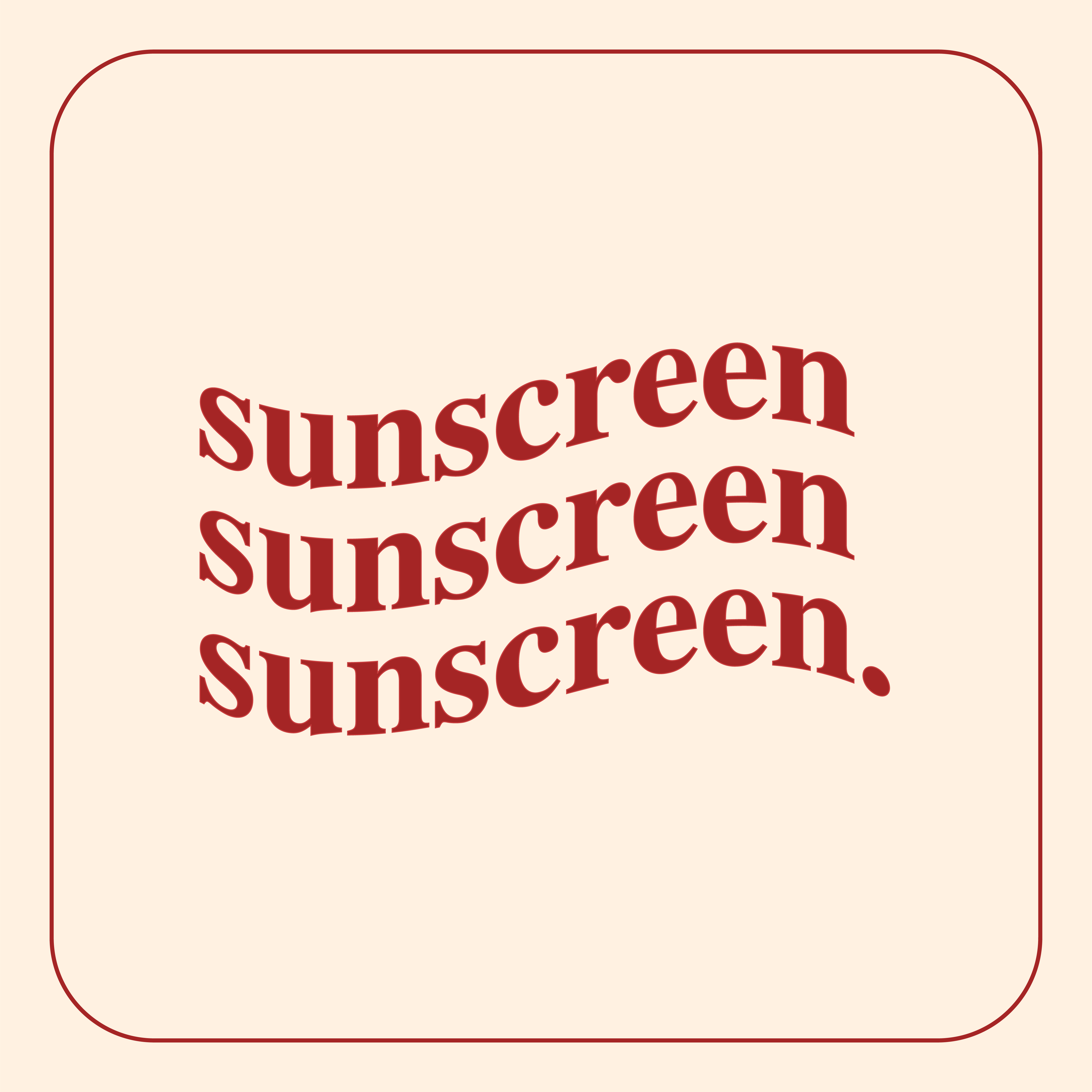Jhanvi Patel
April 13, 2020
“Cosmeceutical” combines drug ingredients into a cosmetic product or vice versa. It falls into the grey area where it is not a part of any one category, but classification plays a very important role in their identity. If “a product visibly reduces signs of aging,” it is implementing a cosmetic claim, and if “a product treats sun damage and wrinkles,” it is making a drug claim. It creates a big loophole for these companies, as a product might act as a drug but faces significantly less regulatory costs because it is marketed as cosmetics instead of as a pharmaceutical drug.
Active ingredients play a major role in deciding which side of this spectrum a given product falls into. Ingredients like ketoconazole in anti-dandruff shampoos or like salicylic acid and benzoyl peroxide in acne treatment products make the decision. Prescription drugs contain a higher concentration of active ingredients than over-the-counter.
Sunscreens are my favorite cosmeceutical products. They are rated on SPF (sun protection factor) based on an application size of 2mg/cm2. But people often misuse high SPF-rated products, thinking that higher SPF ratings entail more time without reapplication. Thus, every country caps SPF labelings differently to try to encourage proper usage of this OTC staple. Australia caps it at SPF 30, while Europe and Japan cap at SPF 50. This is a great example of a crucial cosmeceutical that should perhaps be subject to different regulations than they currently undergo.
Love,
Jhanvi
¹ https://www.ewg.org/sunscreen/report/whats-wrong-with-high-spf/




